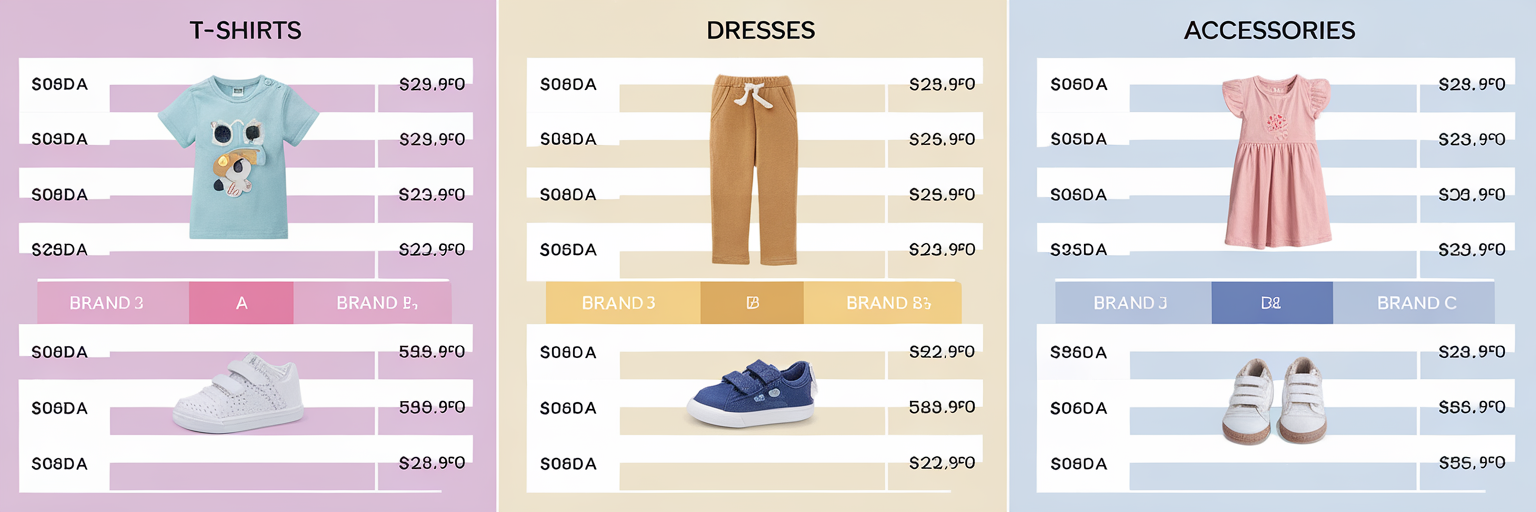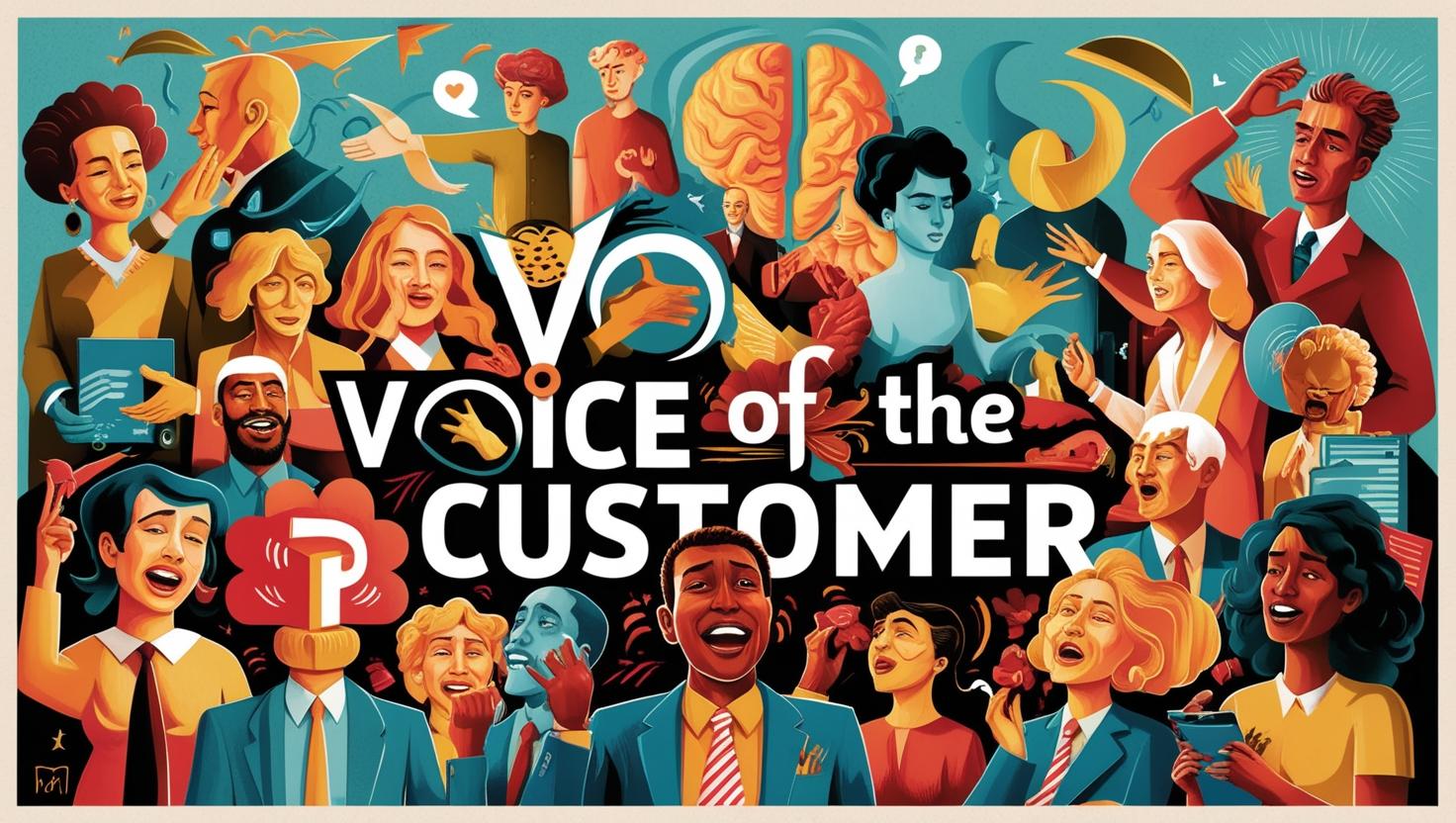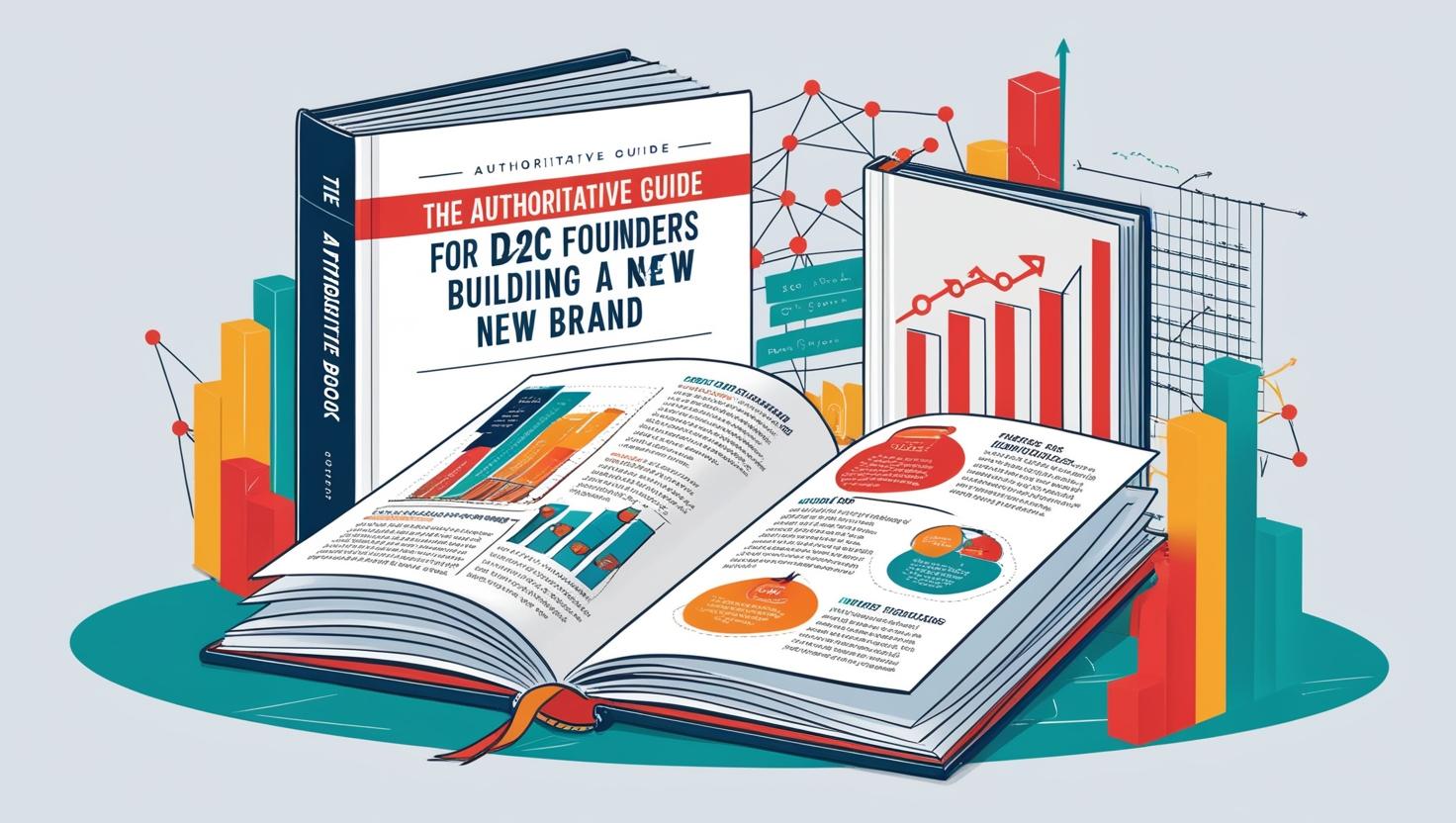This is part 1 of our deep-dive guide – “The ultimate 2025 apparel brand launch guide for D2C founders“.
The process for D2C founders to launch a new brand in market from scratch. Whether it’s your first brand or expansion into new categories & products, this guide will enable thoughtful structuring. While written through the eyes of a kidswear D2C founder, the series is applicable to any category of products.
- Part 1. Market Understanding – The ultimate 2025 apparel brand launch guide for D2C founders [part 1 – the market]
- Part 2. Product Development – The ultimate 2025 apparel brand launch guide for D2C founders [part 2 – the product]
- Part 3. Business Fundamentals – The ultimate 2025 new brand launch guide for D2C founders [part 3 – the business]
- Part 4. Brand Building – The ultimate 2025 new brand launch guide for D2C founders [part 4 – the brand]
- Part 5. Customer Experience – The ultimate 2025 new brand launch guide for D2C founders [part 5 – the customer experience]
- Part 6. Launch Preparation – The ultimate 2025 new brand launch guide for D2C founders [part 6 – the launch prep]
- Part 7. Launch & Iterate – The ultimate 2025 new brand launch guide for D2C founders [part 7 – the launch & iteration]
Picture this: You’re standing in a children’s store, watching parents struggle to find clothes that are both stylish and practical for their little ones. That’s when your entrepreneurial spark ignites – you see an opportunity to create something special in the kids’ apparel space. But where do you begin? Let’s embark on this exciting journey together, breaking down each phase of launching your D2C kids’ apparel brand.

Market Understanding: Your Blueprint to Kids’ Apparel Market Success
Remember playing detective as a kid? Well, it’s time to channel that inner sleuth because understanding your market is like solving an exciting puzzle. This 1 month phase will become the foundation of your kids’ apparel brand’s success story. Unagenie’s Competitive Brand Intelligence Agent is amazing at assisting you in this phase.
Mapping Your Competition
Direct Competitors – Create your “Competition Circle”, breaking up in segments (brand-perception wise here)
- Premium segment (e.g., Petit Bateau, Jacadi)
- Mid-range segment (e.g., Primary, Monica + Andy)
- Value segment (e.g., Carter’s online D2C division)
Use AI-powered tools like Similarweb to identify monthly website traffic, traffic sources, user engagement metrics, and geographic concentration. If you are starting in a particular country / region, always go deep into the city-level data if available. Later on, this becomes critical to plan operations, inventory, and even product design nuances.
Indirect Competitors – While direct competitors are direct (duh !), don’t forget to keep an eye on the indirect competitors. At the end of the day, your customer needs can be satisfied by any of these. Such as:
- Department store private labels
- Marketplace sellers
- Subscription box services
- Second-hand clothing platforms
Price Point Analysis

If you are just starting out, you might think pricing analysis / strategy is for the big giants. Incorrect. Pricing is a critical attribute for your customer and for your business. Use AI-powered tools like our Competitive Brand Intelligence Agent to get to your right price point in an affordable & effective manner.
Create a price matrix based on appropriate dimensions. For example – Basics (t-shirts, leggings), Occasion wear, Outerwear, Accessories, etc. Keep in mind to be exhaustive as you are still in the market research phase.
Benchmark pricing to understand:
- Entry price points
- Average price points
- Premium price points
- Seasonal discounting patterns
Product Range Deep Dive
Create your “Product Intelligence Map”, comprising of “Range Analysis” and “Best Seller” Analysis.
| Range Analysis | Best Seller Analysis |
| Core vs. seasonal products ratio Size range coverage Color palette analysis Material composition | Most reviewed products Social media mentions Search volume by product type Seasonal trends |
Some of these (Search Volume for example) are mostly estimated by companies like ahrefs, semrush, etc, based on Google’s limited public data. Take those numbers with a handful of salt. A common problem is to use the search estimates and come to a revenue / sales figure. Given the number of approximations / estimations at each step, those numbers will tend to be off significantly from the reality. That said, its a good practice to know those numbers – such that they can be cross-verified later from inside information.
Market Gap Identification
A good next step is to do a Gap assessment. There are a number of tools that can help in detecting gaps and analysing / scoring them. Or its also easy to roll your own if the data size is small (couple of competitors, niche segment, etc).
Some examples on gap assessment dimensions are (in this example, for a kids apparel brand) below. Based on the previous steps, you might end up with more dimensions for gap assessment.
- Underserved age groups
- Missing product categories
- Unmet sustainability needs
- Price point opportunities
Build a scoring system for these gaps. While a number of scoring systems exist, it is important to focus on a scoring system that aligns with your strengths. An example of a scoring system:
- Market size potential
- Competition level
- Entry barriers
- Profit margins
If your strength lies in negotiating with manufacturers to get better pricing, you could potentially under-index on profit margins (assuming that your low COGS will be sufficient to increase profit margins).
Marketing Strategy Analysis

One of the most important things in the super fast-paced world of D2C is to continuously & quickly learn from others – the good and the bad. It’s even more critical to learn and use successful marketing strategies from the world, when you are in the early phases of building your own brand.
Create your “Marketing Intelligence Dashboard”, focussing on the Channel and Customer Engagement for your competitors / products.
| Channel Analysis | Customer Engagement Pattern |
| Social media presence Influencer partnerships Content strategies Email marketing approaches | Post engagement rates Story performance User-generated content ratio |
Use AI social listening tools to track competitor sentiment and engagement patterns across platforms.
Voice of Customer Analysis

Think of Voice of Customer (VOC) analysis as having thousands of coffee chats with parents about their kids’ clothing needs. It’s your secret weapon in understanding not just what parents buy, but why they buy it.
| Review Analysis | Pain Points Analysis – These are your opportunities. According to recent research, 73% of successful D2C brands built their unique selling propositions directly from competitor pain points Feature Appreciation – This helps you understand what’s non-negotiable in your product development. Recent data shows that features mentioned positively in reviews have a 62% higher chance of driving purchase decisions Service Expectations – Service expectations in kids’ apparel are uniquely important – parents need quick responses about sizing, safety, and care instructions Price Sensitivity Patterns – Helps you position your pricing strategy. Recent studies show that 65% of parents are willing to pay more for kids’ clothing if certain value factors are met. |
| Social Listening Channels | Parent Forums – These are unfiltered, honest conversations that reveal true parent priorities and frustrations Instagram Comments and Discussions – Instagram is where fashion-conscious parents spend time. Comments reveal both emotional and practical purchase drivers Facebook Groups – These groups often contain detailed product experiences and price sensitivity discussions Reddit Threads – Reddit users typically provide more detailed, analytical feedback compared to other platforms |
Action Items
Week 1:
- Set up AI monitoring tools
- Create tracking categories
- Identify key forums and groups
Week 1-2:
- Begin data collection
- Create initial insight reports
- Identify primary trends
Week 2-3:
- Deep dive into specific issues
- Create customer persona updates
- Draft preliminary findings
Week 3:
- Validate findings
- Create action plans
- Prepare final VOC report
Remember: The goal isn’t just to collect data, but to find your unique story within it. Look for patterns that others might miss. According to recent industry data, successful D2C kids’ brands typically identify at least 2-3 unique market gaps before launching.
Ready to turn your D2C dream into reality? Try Unagenie’s Competitive Brand Intelligence agent for free today.
This is part 1 of our deep-dive guide – “The ultimate 2025 apparel brand launch guide for D2C founders“.
The process for D2C founders to launch a new brand in market from scratch. Whether it’s your first brand or expansion into new categories & products, this guide will enable thoughtful structuring. While written through the eyes of a kidswear D2C founder, the series is applicable to any category of products.
- Part 1. Market Understanding – The ultimate 2025 apparel brand launch guide for D2C founders [part 1 – the market]
- Part 2. Product Development – The ultimate 2025 apparel brand launch guide for D2C founders [part 2 – the product]
- Part 3. Business Fundamentals – The ultimate 2025 new brand launch guide for D2C founders [part 3 – the business]
- Part 4. Brand Building – The ultimate 2025 new brand launch guide for D2C founders [part 4 – the brand]
- Part 5. Customer Experience – The ultimate 2025 new brand launch guide for D2C founders [part 5 – the customer experience]
- Part 6. Launch Preparation – The ultimate 2025 new brand launch guide for D2C founders [part 6 – the launch prep]
- Part 7. Launch & Iterate – The ultimate 2025 new brand launch guide for D2C founders [part 7 – the launch & iteration]

